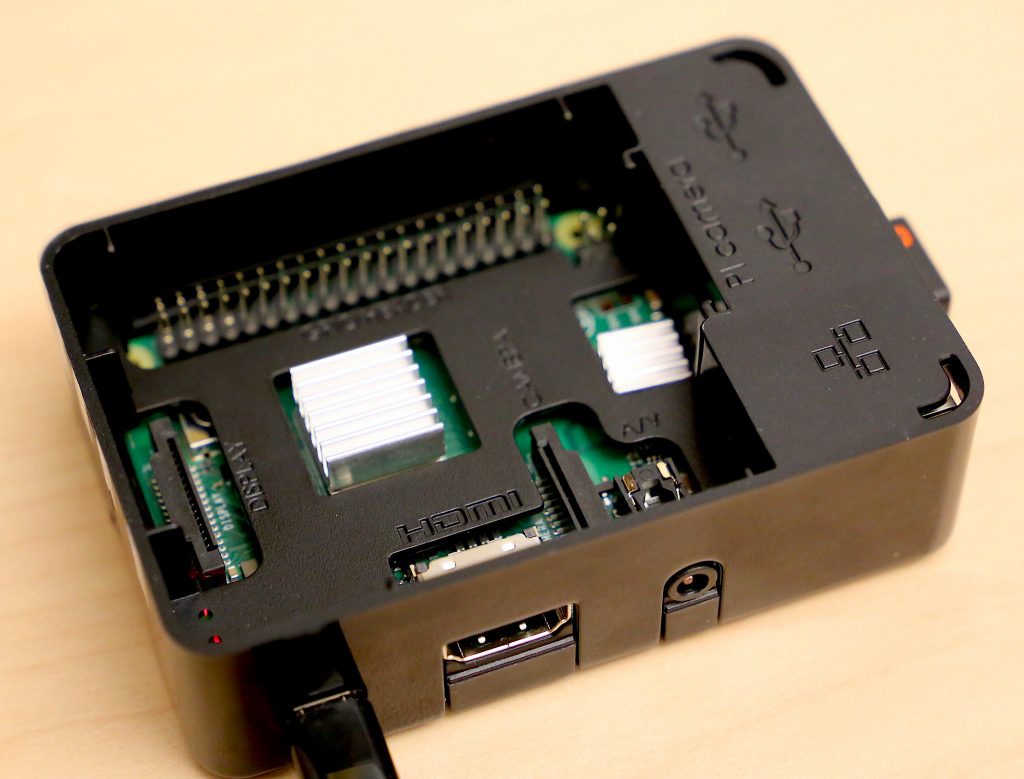ITS Infrastructure & Operations implemented a new approach to monitor data access speeds for its clients by using Raspberry Pi single-board computers.

Infrastructure & Operations’ new approach is to run scripts on Raspberry Pi computers. These scripts keep track of the rate of access and download for the data between the customer location and the on-premise data centers.
This is a new initiative to improve user experience for all campus groups that rely on the on-premise data centers for the information they need for their jobs.
The aim of this project is to collect more data about how information access requests work and enable the Infrastructure & Operations team to provide better customer service, said Matt Conley, ITS Manager of Storage, Server and Application Virtualization.
ITS’ Dave Safian and Charles Manker played a big part in the Raspberry Pi project.
Small and inexpensive
A single, basic Raspberry Pi is about the size of a credit card and costs $35. Programmers can make surprisingly complicated projects using Raspberry Pis as the computing units. The appeal of using them for this project is that they are very cost efficient, Conley said.

Raspberry Pi computers do not come with external hardware, like monitors or keyboards, which is part of what makes them so inexpensive. That kind of external hardware is not required for monitoring data access rates and piping them into Splunk.
Raspberry Pis streamline data input
Splunk is an increasingly popular data analysis tool that enables users to create custom dashboards that show metrics users are interested in. Raw data is piped into Splunk and can be searched with queries. The results of queries can be displayed in dashboard widgets, which are very customizable, intuitive and easily readable. Splunk dashboards are often used for system monitoring.
By combining Raspberry Pis and Splunk, the Infrastructure & Operations team uses computing resources innovatively and economically to ensure a positive user experience.
This is a low-cost continuous service improvement option for ConnectCarolina and many other applications, said John Mack, Assistant Vice Chancellor of Infrastructure & Operations.
“Previous methods to identify and understand user performance issues did not sufficiently represent the user experience,” he said. “We are now able to deploy light-weight Raspberry Pi devices in the same building and near our customers so that we might query the devices for important information such as access and performance issues without inconveniencing the customer. This new visibility and use of the Splunk tool have been invaluable to our understanding and our support processes.”
